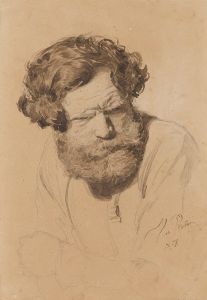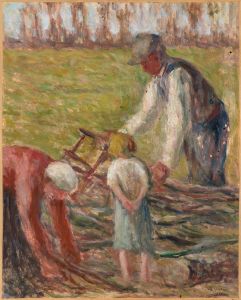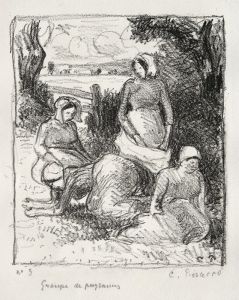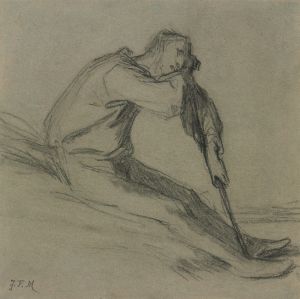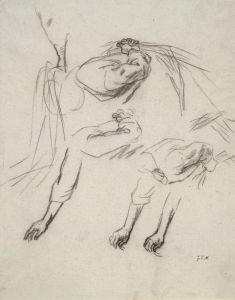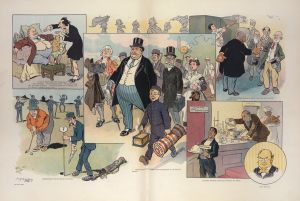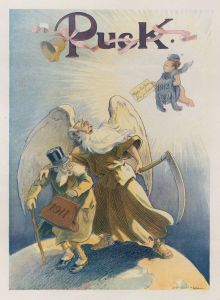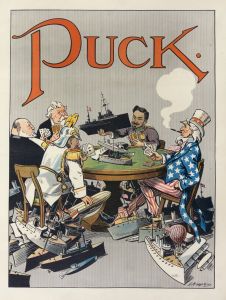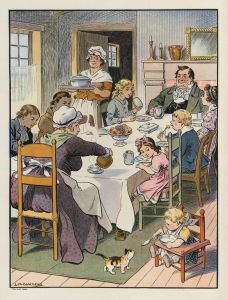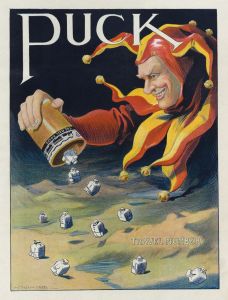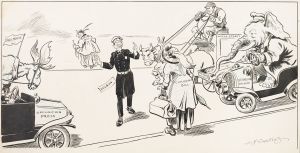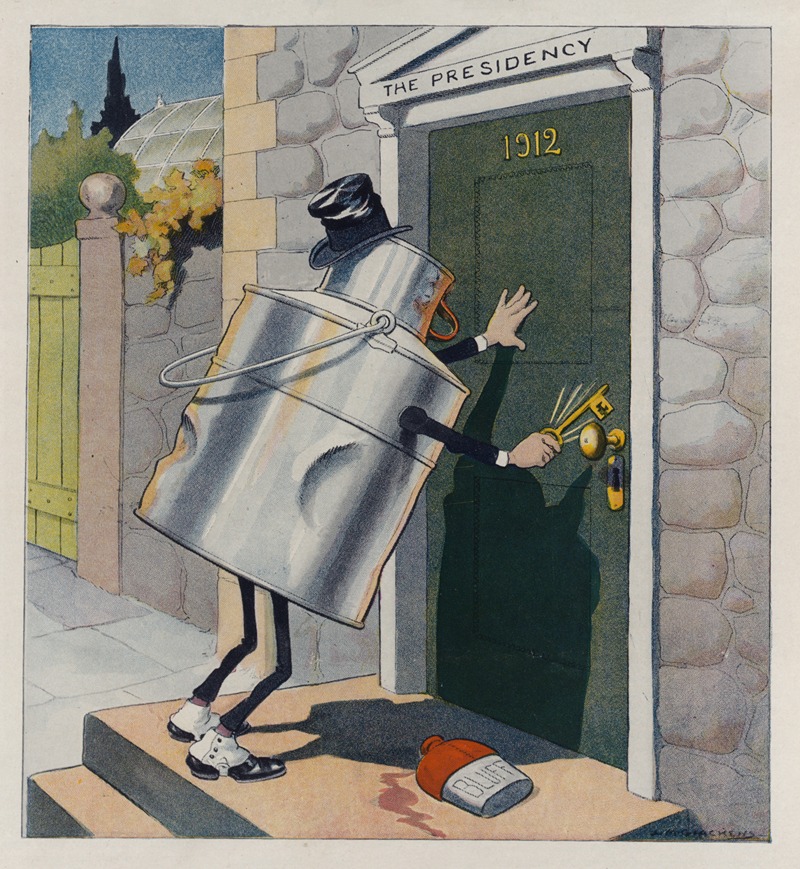
The full dinner-pail
A hand-painted replica of Louis Glackens’s masterpiece The full dinner-pail, meticulously crafted by professional artists to capture the true essence of the original. Each piece is created with museum-quality canvas and rare mineral pigments, carefully painted by experienced artists with delicate brushstrokes and rich, layered colors to perfectly recreate the texture of the original artwork. Unlike machine-printed reproductions, this hand-painted version brings the painting to life, infused with the artist’s emotions and skill in every stroke. Whether for personal collection or home decoration, it instantly elevates the artistic atmosphere of any space.
"The Full Dinner-Pail" is a political cartoon created by American illustrator Louis M. Glackens. Louis Glackens, born in 1866, was a notable cartoonist and illustrator, often remembered for his work with Puck magazine, a leading American humor magazine of the late 19th and early 20th centuries. Glackens' work frequently addressed political and social issues of his time, using satire and humor to comment on contemporary events.
"The Full Dinner-Pail" was published in 1900, during the presidential campaign of that year. The cartoon is a reflection of the political climate and economic concerns of the period. The title "The Full Dinner-Pail" refers to a campaign slogan used by President William McKinley, who was running for re-election. The slogan was meant to symbolize prosperity and economic stability, suggesting that McKinley's policies had ensured that American workers could afford to fill their dinner pails, a common symbol of working-class sustenance.
In the cartoon, Glackens employs his characteristic style to depict a scene that underscores the message of economic well-being. The imagery typically includes a worker holding a full dinner pail, often juxtaposed with symbols of industry and productivity. This visual representation was intended to resonate with the everyday experiences of American laborers, reinforcing the idea that McKinley's administration had been beneficial to their economic interests.
The context of the cartoon is crucial to understanding its significance. The late 19th and early 20th centuries were a time of significant economic transformation in the United States, marked by rapid industrialization and the growth of urban centers. Labor issues, including wages, working conditions, and the right to unionize, were hotly debated topics. McKinley's presidency, which began in 1897, was characterized by efforts to stabilize the economy following the Panic of 1893, a severe economic depression.
Glackens' cartoon can be seen as both a piece of political propaganda and a commentary on the broader economic conditions of the time. By highlighting the "full dinner-pail," the cartoon suggests that McKinley's policies had successfully addressed the economic challenges faced by American workers, thereby justifying his re-election.
Louis Glackens continued to produce political cartoons and illustrations throughout his career, contributing to various publications and leaving a lasting impact on American visual culture. His work remains a valuable resource for understanding the political and social dynamics of the early 20th century.
"The Full Dinner-Pail" is an example of how political cartoons can encapsulate complex ideas and sentiments in a single, powerful image. Through his art, Glackens provided a window into the concerns and aspirations of his contemporaries, using humor and satire to engage with the pressing issues of his time.






